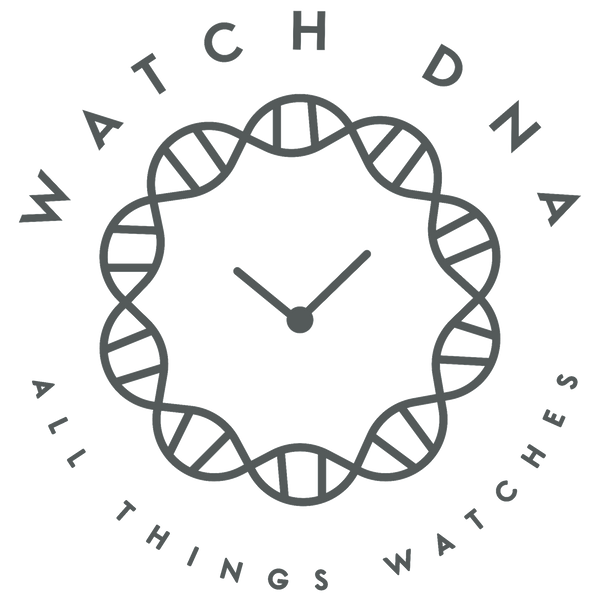What is Web3
Centralization has made it possible for billions of people to use the World Wide Web and has enabled it to thrive on a stable, strong infrastructure. At the same time, a small number of centralized organizations control large parts of the World Wide Web and decide on their own what can and cannot be done.
Web3 is the way out of this mess. Instead of being controlled by a few big tech companies, Web3 is built, run, and owned by its users. Individuals, not big companies, are in charge of Web3. Let’s look at how we got here before we talk about Web3.
Web 1.0: Read-Only (1990-2004)
In 1989, Tim Berners-Lee was hard at work at CERN in Geneva, making the rules for what would become the World Wide Web. His plan? To make open, decentralized protocols that allow people from anywhere on Earth to share information.
Berners-first Lee’s creation, which is now called “Web 1.0,” came into being between 1990 and 2004. Web 1.0 was primarily composed of static websites that were owned by companies. There was almost no interaction between users, and people rarely made content, so it was called the “read-only web.”
Web 2.0: Read-Write (2004-now)
In 2004, when social media platforms came out, the Web 2.0 era began. The Web used to be read-only, but now it can be read and written on. Instead of just giving users content, companies started giving them places to share their own content and talk to other users. As more and more people went online, a small number of big companies began to control a lot of the traffic and money made on the Web. Web 2.0 also gave rise to the model of making money through advertising. Even though users could create content, they didn’t own it or get paid for it.
Web 3.0: Read-Write-Own
Gavin Wood, one of the people who helped start Ethereum in 2014, came up with the idea of “Web 3.0.” Gavin put into words a solution to a problem that many early crypto adopters had: the Web required too much trust. That is, most of the Web that people know and use today depends on a small number of private companies being trustworthy.
What is a blockchain?
A blockchain (literally a “chain of blocks”) designates a secure and decentralized database, replicated on a massive number of nodes, and containing a set of transactions whose validity each node can verify.
A blockchain can be likened to a transparent, pseudonymous, and tamper-proof ledger.
What is a “green” blockchain 🌱
You can register an NFT on a green blockchain called Polygon if you want to use new technologies while still taking care of the Earth.
Polygon is based on the Proof of Stake idea instead of the Proof of Work idea that Bitcoin and Ethereum mostly use. Here is a small table to compare:
What is an NFT?
NFT is the acronym for “non-fungible token”, or “non-fungible token” in French. A thing is said to be fungible if it can “be replaced by things of the same nature, of the same quality and of the same quantity”. One of the fungible assets is money. A one euro coin can be replaced by a one euro coin. Similarly, a Bitcoin can be exchanged with another Bitcoin.
On the other hand, a so-called non-fungible asset cannot be replaced by another element. It is unique. In the same way that a work by Leonardo da Vinci, Monet or Picasso is unique, an NFT is unique. Its uniqueness is easily identifiable.
What is a Wallet?
A “wallet” is a digital wallet that contains your assets (NFT, cryptocurrency) and is protected by a private key, of which you are the sole holder.
This “wallet” will be used to interact with the blockchain and decentralized applications.
Learn more
https://blockchainfrance.net/decouvrir-la-blockchain/c-est-quoi-la-blockchain/
Image by rawpixel.com on Freepik








